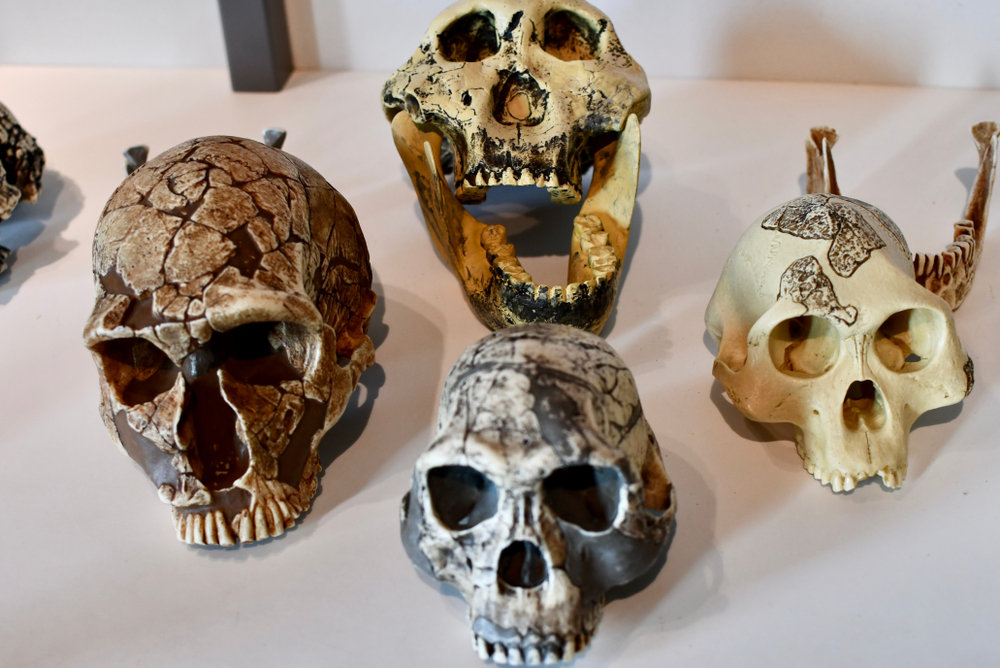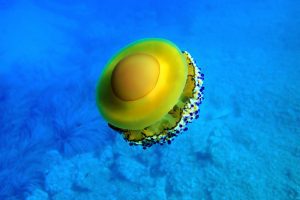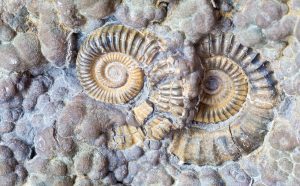There were eight living species in four genera of the primate family Hominidae, which comprises hominids and great apes alike: Homo, Pan, Gorilla, and Pongo, but only humans are left.
Researchers continue to unearth fossils of hominids, particularly their teeth after thousands of years.
Why are teeth the most abundant fossil of hominids?
The mineral hydroxyapatite, which is found in high concentrations in tooth enamel, helps teeth endure the physical and chemical breakdown that happens during fossilization far better than in bones.
Teeth make up the majority of the primate fossil record, which is why they are so prevalent. Unlike bones, they can be found in abundance as they’re more resistant to fossilization.
This is a good situation, as teeth also provide additional information that aids in the reconstruction of our ancient forebears and relatives’ habitats.
Table of Contents
Understanding the diet of hominids through their teeth
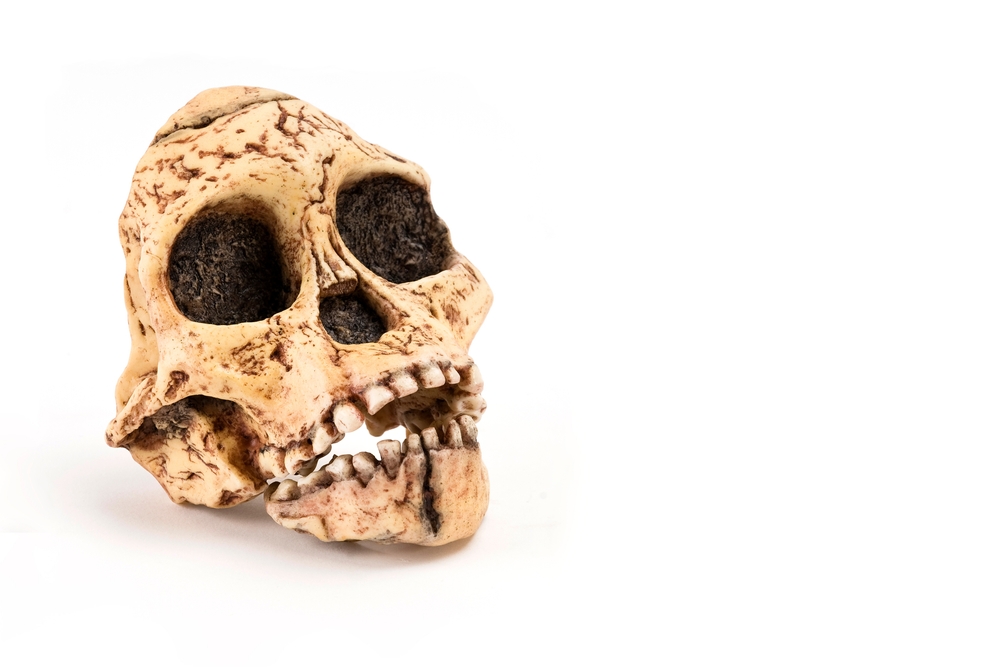
The Croatian Peninsula’s Mesolithic hunter-gatherers may have used their teeth to remove fish scales as well as hunt for starchy vegetation thousands of years ago.
The plaque on a few ancient teeth disclosed microfossils of fish scales, fish meat, and starch granules, allowing scientists to discover this.
Since there are so few skeletal remains from the era and food doesn’t normally survive in the archaeological record in the hunter-gatherer community, it was previously thought that understanding the diet of these gatherers would be unrealistic.
Teeth are an archaeological wonder that has allowed scientists to discover this and many other fascinating things about our ancestors.
For every corpse or skull, archaeologists are likely to unearth at least a dozen or so teeth.
In Anthropologist Peter Ungar’s paper entitled Evolution’s Bite: A Story of Teeth, Diet, and Human Origins, he explains that the enamel coating a tooth has is 97 percent mineral, and teeth are tougher than bones.
Therefore, they’re more capable of surviving.
How much do fossil teeth help uncover human history?
As a result, teeth are like coins among ancient human relics; you can locate them virtually anywhere.
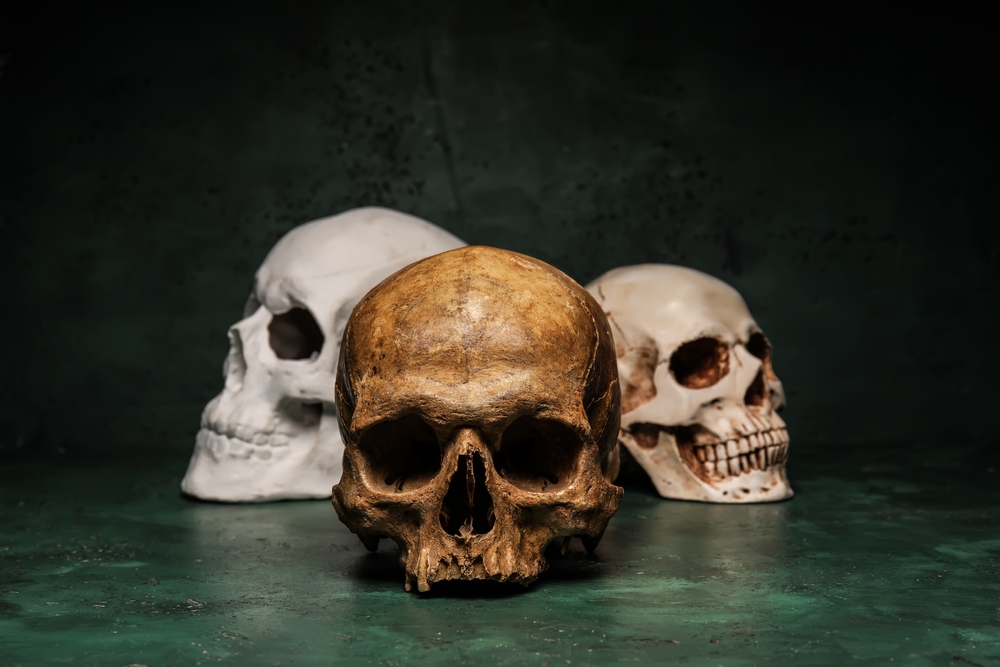
For example, researchers can learn a great deal by studying the tooth’s shape, its enamel thickness, where it came from, as well as what it ate.
“Little bits of a jigsaw that might help visualize a ‘grand picture’ of somebody’s life,” says Kristin Krueger, a paleoanthropologist.
To put the jigsaw together, Krueger uses a robot dubbed ART, which stands for Artificial Resynthesis Technology.
The “teeth” of the chewing simulation model mimic a human jaw, allowing researchers to study how different foods affect the teeth and whether or not they create little abrasions.
New revelations from hominid teeth
Paleoanthropologist Kristin Krueger says that recent discoveries have “major ramifications in our knowledge of hominin diets, particularly those hominids who are supposed to have consumed a considerable amount of meat.”
It has already been discovered by her and her colleagues that meat doesn’t leave microwear signs.
That could revolutionize how scientists evaluate the teeth of early humans assumed to be especially carnivorous, such as Neanderthals.
The bony protuberances of teeth give more than their fair share of shock, even when contrasted to more striking specimens like skulls.
According to Krueger, “I’m continuously astounded by what I uncover while inspecting teeth. It’s like looking into a person’s soul via a tiny window.
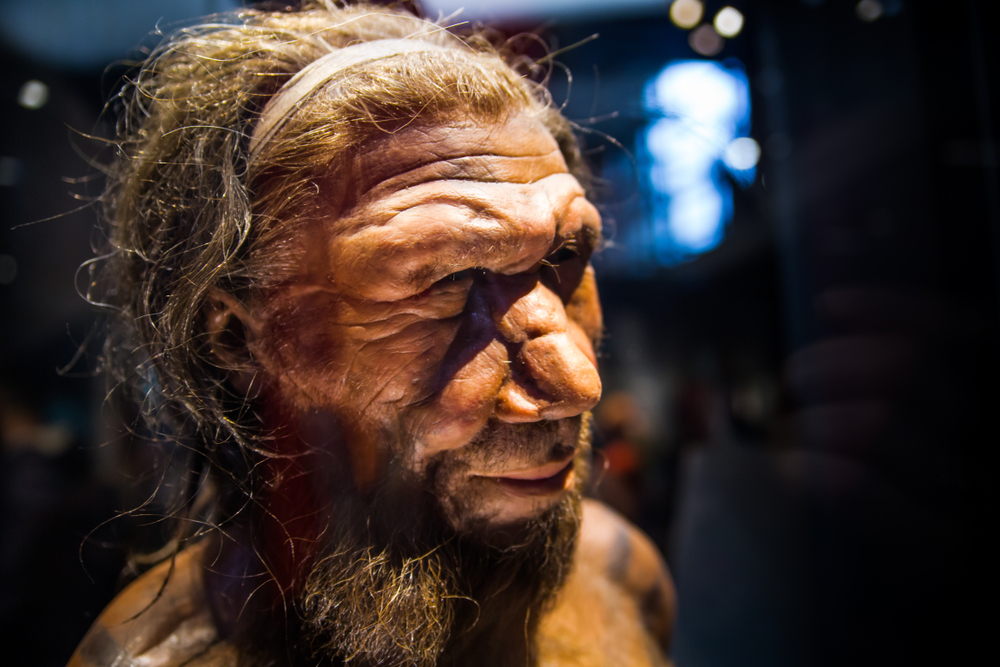
Discover several of the most fascinating findings carried out with the aid of prehistoric chompers as well as the innovation that’s making these ideas feasible.
Were there limitations to hominid’s diets?
Scientists are excited at the discovery of the ancient Croatians’ marine diet, but other discoveries have been equally stunning.
Lucy, an Australopithecine, is a good example. Hominins’ diets abruptly grew significantly more diverse around four million years ago, according to a chemical study of her teeth.
In contrast to the more human-like hominids, tree-dwelling apes ate from a limited menu of rainforest specialties while hominins roamed free in the jungle and plains.
Were hominids’ diets vaster than scientists initially believed?
In historical teeth, chemical traces reveal that Lucy as well as her ancestors ate more than just fruits and soft petals; they also consumed other creatures, as seen by the thickening of their enamel, which indicates that they were better prepared to chew seeds, nuts, and roots.
“Something transpired,” notes Paleoanthropologist Ian Tattersall in The Strange Case of the Rickety Cossack and Other Cautionary Tales from Human Evolution, “but to what degree does this dietary transition represent intense hunting, or the collecting of small prey like arthropods, or scrounging, or a mixture of such remains obscure.”
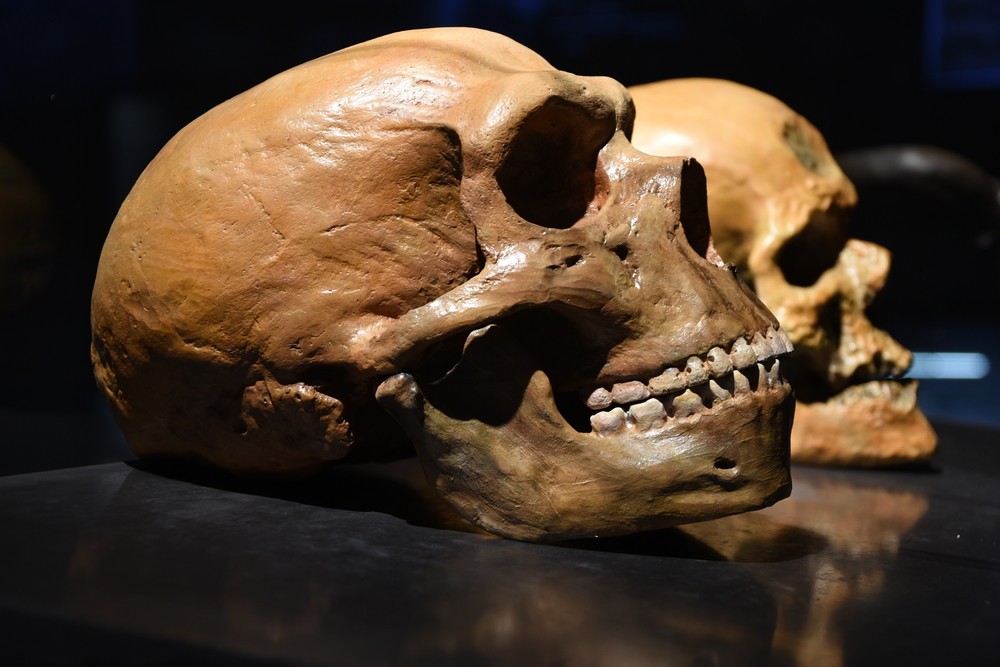
Can tooth fossils help determine the health of hominids?
Anthropologists can learn a lot about a person’s overall health by studying their dental records.
Dentine, the tissue that grows beneath the enamel, was studied by modern Greeks and prehistoric Middle Easterners.
Researchers have been unable to discover a conclusive explanation for why modern Greeks have four times the vitamin D deficiency of their ancient counterparts.
This could be because modern Greeks spend more time indoors or because of changes in clothing.
For the first time, scientists have tried retrieving bacterial DNA from calcified plaques to learn more about how microorganisms altered with the introduction of agriculture.
Health consequences of prehistoric ancestors
Contrary to popular belief, not all health consequences of prehistoric living were favorable, notwithstanding assertions made by proponents of the so-called “Paleo Diet” (although to be precise, it does not depict a real prehistoric meal).
What teeth reveal about humans
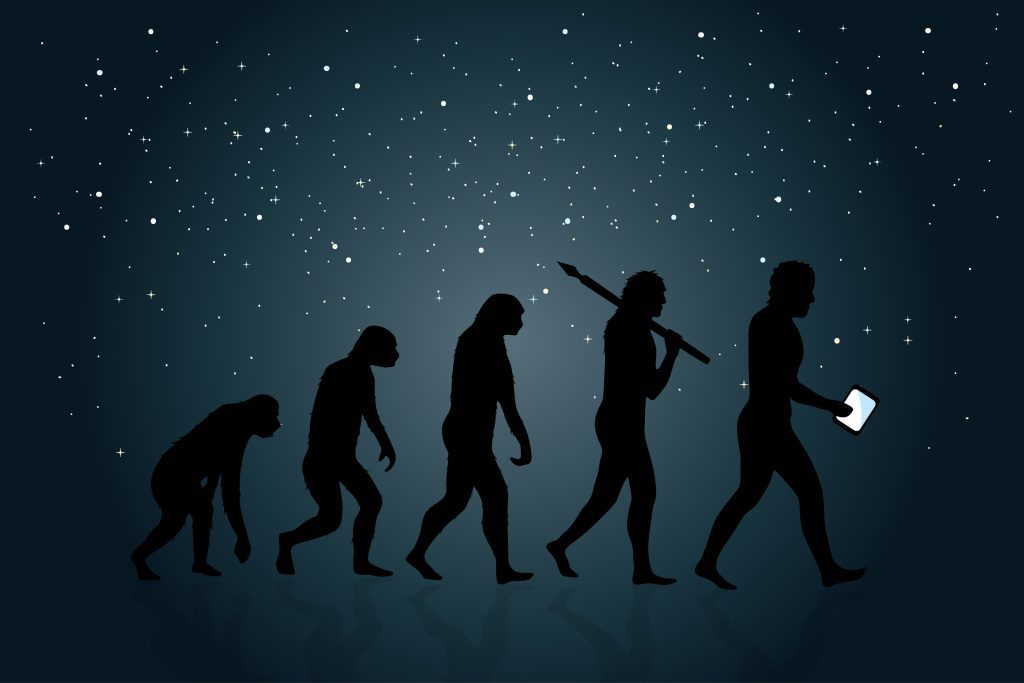
Evolution author Debbie Guatelli-Steinberg has seen first-hand how sickness and hunger ravaged Neanderthals.
As a result, she investigates enamel hypoplasias, a type of linear marking that appears on the enamel when enamel development is interrupted for a short time due to hereditary or environmental factors.
“Some disturbances [in Neanderthals] were rather prolonged, reaching up to three months,” Guatelli-Steinberg adds to her studies.
Although difficult to decipher, “it might be more probable that it has anything to do with hunger when there is a pretty long time like that.”
Migration and behavior of Homo sapiens
The 2015 discovery of forty-seven teeth in a grotto in southern China was among the most remarkable orthodontic archaeology discoveries to date.
Teeth attributable to Homo sapiens, which were found in Asia, show that our species has been there for a far longer period than previously imagined.
To better comprehend Polynesian island immigration, other studies have been directed at historical plaque bacteria as well as conducted chemical analyses on teeth to seek groundwater-derived strontium isotopes that become trapped in the enamel.
Migration occurs if strontium alters between a person’s primary and secondary molars.
Determining if a tooth is from a male or female
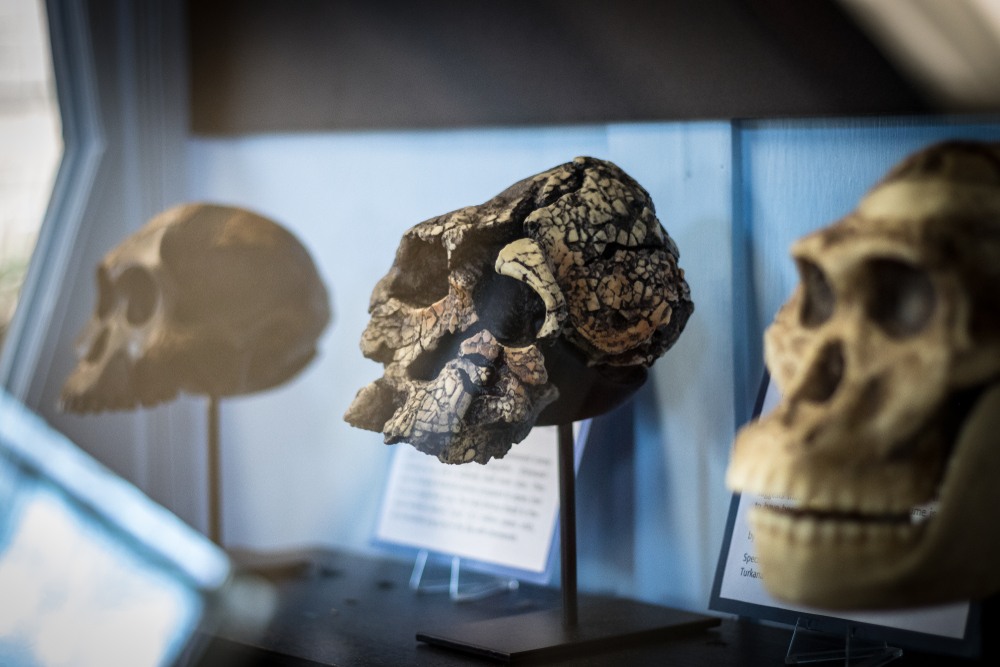
According to Guatelli-Steinberg, “another approach to looking at how much variance there is in girls versus boys.” If the ladies show more variety than the men, this could indicate that the females came from several places. How can we tell if the person in question is male or female?
Chemically analyzing one of the tooth proteins provides a solution to this issue.
Teeth reveal intriguing details about human behavior
Using the damage to Neanderthal teeth, Krueger, for illustration, has studied how people in the prehistoric past utilized their mouths as additional tools.
According to Krueger, people who lived in wooded or warm environments sometimes used their incisors to tenderize fibers or lumber.
They also may have used their teeth to sculpt tools, while those who lived in colder, open environments used them for clamping and clutching (like a third hand throughout animal hide readiness for clothing or shelter).
The evolution of hominid jaws
Many hominids have larger teeth than contemporary humans. 2.3 million years ago, a hominid known as “Nutcracker” (also known as Paranthropus boisei) had the biggest molars as well as the strongest enamel of any other known hominin.
Modern humans have smaller canines than Homo erectus, which roamed the globe 1.5 million years ago.
Evolutionary trends show that our jaw, as well as teeth, have steadily shrunk in size throughout millions of years.
There are 32 teeth in modern humans, including four wisdom teeth that typically have to be extracted since there isn’t enough room in the mouth to accommodate them.
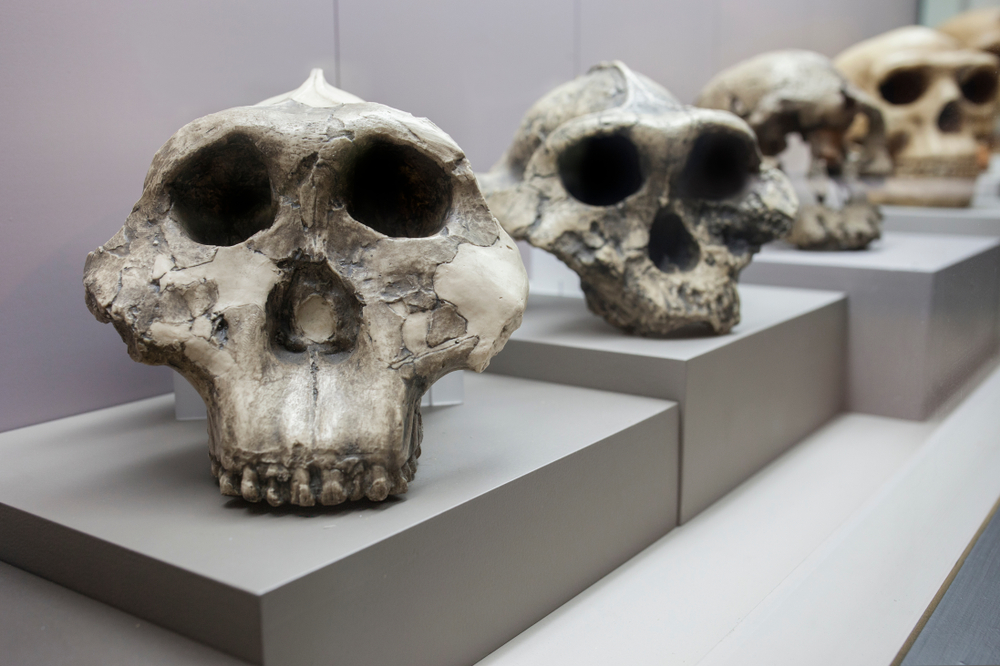
According to Krueger, this has been primarily related to dietary shifts. The question is, “Why did our eating habits transform?”
Throughout the Plio-Pleistocene era, these changes in ecological conditions were widely documented.
Identifying different species through tooth fossils
Teeth are a useful means of detecting species because of the wide difference in tooth structure between current Homo sapiens and all of its ancestors.
There are a few ways scientists can determine whether or not a tooth is too large or too little to be classed as the same species.
When a 750,000-year-old tooth was unearthed in 2015, that was the question at hand. That’s because it was the tiniest molar ever discovered in Africa throughout the Middle Pleistocene, which increases the number of samples from the location.
What kind of creature it is from has yet to be established.
In Krueger’s opinion, there is no best response to these difficult identification queries. “Just look at the difference in size between a human being and a stuffed toy.”
There is no consensus among paleoanthropologists as to where to draw the line between diversity within a species and enough variance to be considered a distinct species in the past.
The development of human teeth compared to ancient hominids

Modern people have jaws that don’t leave sufficient space for our teeth, and this is mirrored in how long it has taken us to achieve a complete set of grownup pearly whites.
Humans, according to Guatelli-Steinberg, “have these protracted childhoods in which we discover as well as master skills for our preservation, and we even have the lengthiest developmental stages of any nonhuman animal.”
Finding out how long it takes for modern people to develop their adult molars after losing their baby teeth is helpful when looking at the fossil record and comparing our evolution to that of other species.
How do scientists use fossils to determine when a child died?
Scientists use a neonatal border that develops on the first molar at birth, which Guatelli-Steinberg likens to a birth certificate, to monitor this shift.
Researchers can then go on to count the daily formation of enamel lines known as perikymata to determine the developmental stage of a child’s teeth at the time of their death.
In Gibraltar, for instance, a jawbone with teeth from a young Neanderthal infant was recovered and related to a three-year-old and exhibited marginally more rapid tooth emergence than in Homo sapiens.
The debate on human evolution continues
Another group of experts has argued that human evolution began around the time of the appearance of Homo erectus.
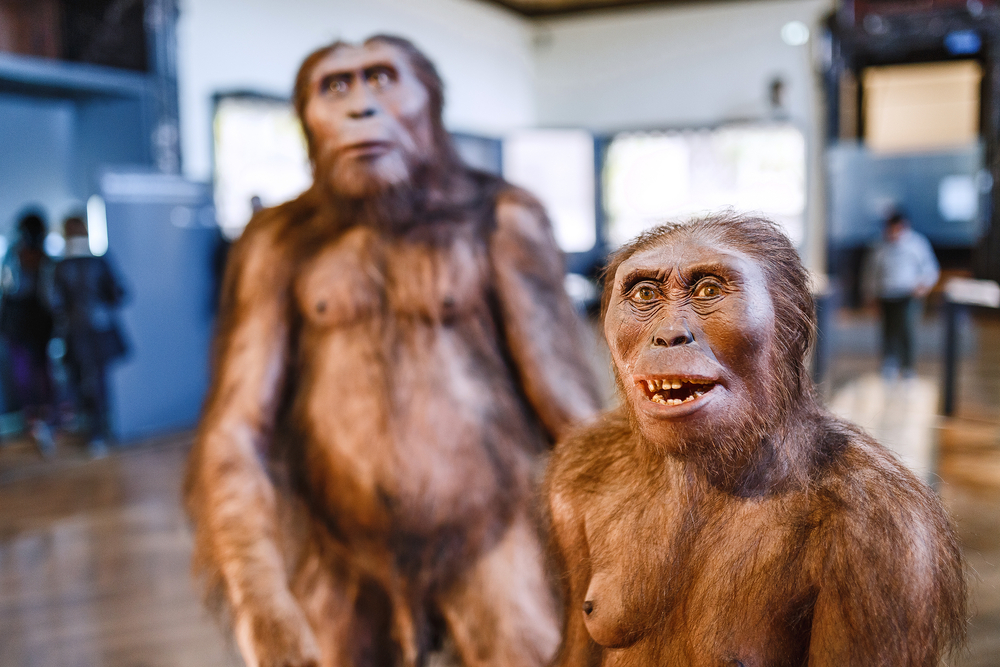
It was still quicker than our genus, but Erectus was still slower than the previous hominins.
For the first time, Guatelli-Steinberg and her coworkers have published a report on the tooth growth of Homo Naledi, which they believe to be distinct from other early hominins.

